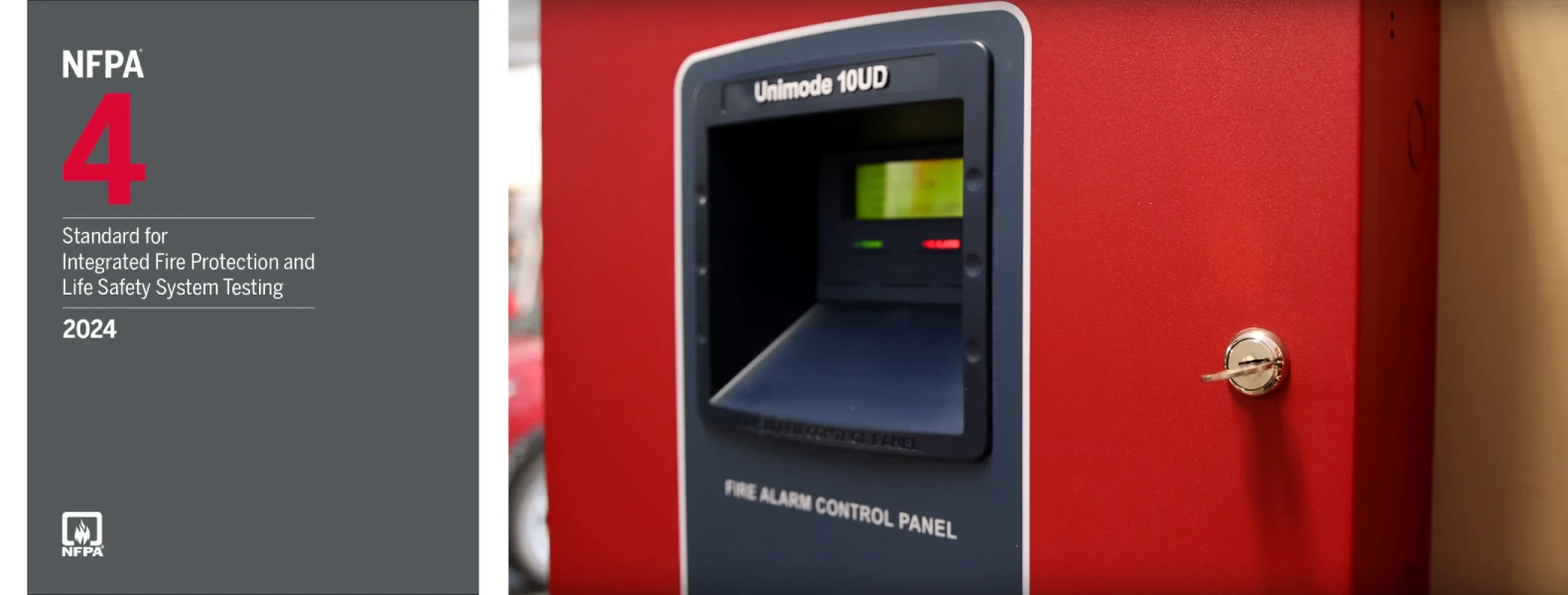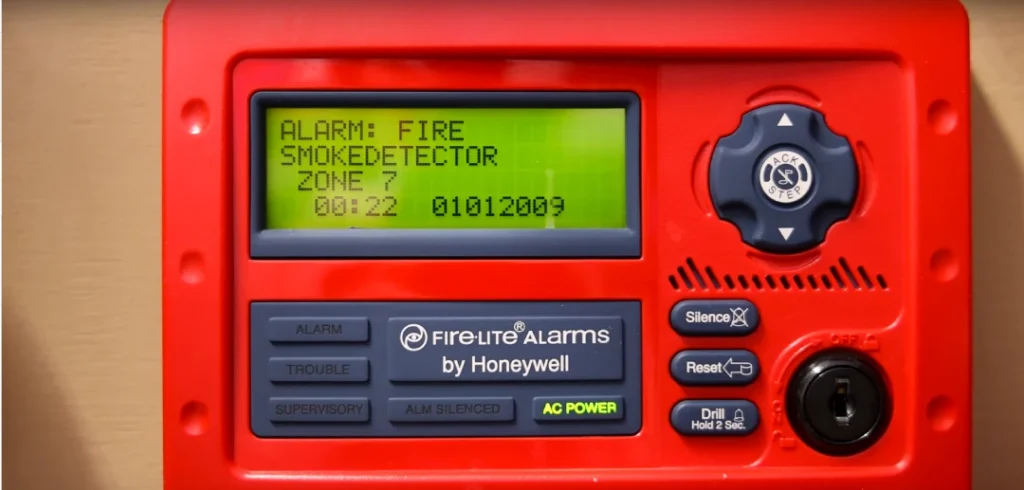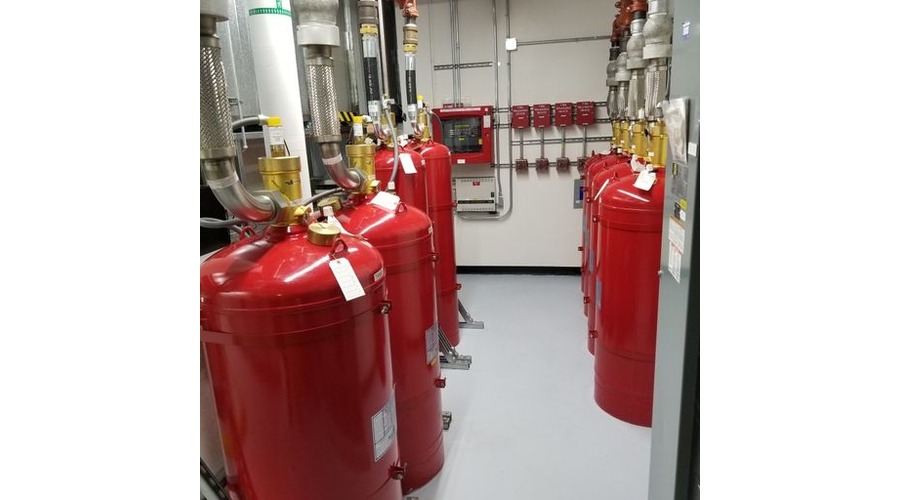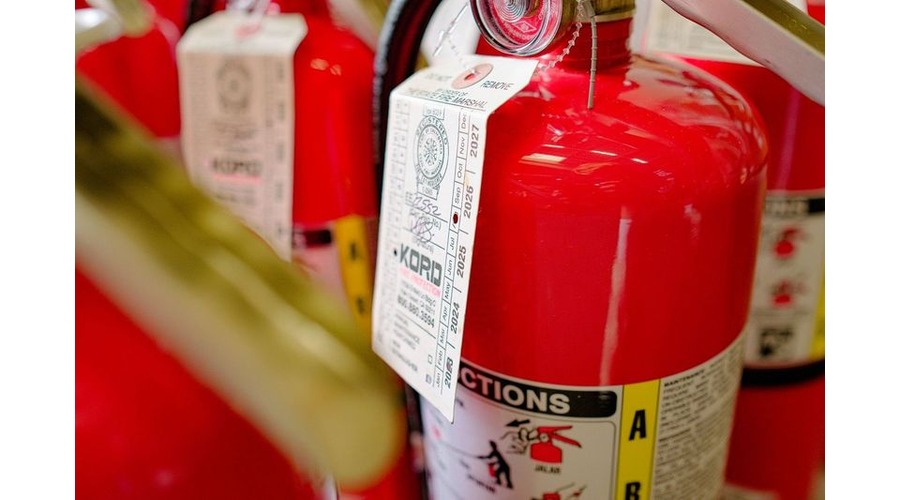

Implementing NFPA 4 for Optimal Testing and Maintenance in 2024
Why Implementing NFPA 4 Matters for Fire Safety
In 2024, NFPA 4 (National Fire Protection Association Standard) continues to play a crucial role in ensuring that fire protection systems are fully integrated and function as intended. For property owners, facility managers, and safety professionals, implementing NFPA 4 is not just a regulatory requirement but an essential step in maintaining effective and reliable fire protection systems. The standard addresses the coordination of multiple fire protection and life safety systems, ensuring they work together seamlessly in the event of an emergency.
With evolving technologies and growing complexity in building designs, NFPA 4 in 2024 offers a framework that supports comprehensive testing, maintenance, and integration of these systems. In this article, we will explore the key elements of NFPA 4, why it matters in 2024, and how to implement it for optimal testing and maintenance of your fire safety systems.
What is NFPA 4 and How Does It Impact Fire Safety?
NFPA 4, titled “Standard for Integrated Fire Protection and Life Safety System Testing,” provides guidelines for testing and validating the interoperability of integrated fire protection and life safety systems. These systems may include fire alarm systems, sprinkler systems, emergency power systems, smoke control, and other essential life safety features.
The standard ensures that these systems do not operate in isolation but work together cohesively to protect life and property in the event of a fire or emergency. This integrated approach is essential because a failure in one system can compromise the effectiveness of others, which can be disastrous during an actual fire.
NFPA 4 focuses on three key areas:
- Testing: Ensuring that all systems function as designed when integrated.
- Maintenance: Ongoing evaluation and upkeep to ensure systems remain fully operational.
- Coordination: Ensuring that different systems communicate and react in concert to maximize safety during an emergency.
The Evolution of NFPA 4: What’s New in 2024?
In recent years, the integration of technology in building systems has accelerated, and so has the complexity of fire protection strategies. In 2024, NFPA 4 has been updated to reflect these advancements, with specific changes aimed at improving system interoperability, risk management, and system reliability.
- Emphasis on Modern Technology: The 2024 revisions of NFPA 4 have focused on incorporating modern technologies such as smart fire alarms, internet-of-things (IoT) devices, and advanced smoke control systems. These systems often rely on cloud-based platforms and complex software integrations, which require robust testing procedures to ensure they are working together properly.
- Expanded Scope of Testing: The latest version of NFPA 4 expands the scope of system testing to include new types of integrated systems. This includes integrating fire suppression systems with HVAC systems, building automation systems, and even third-party monitoring services that are part of a facility’s fire safety strategy.
- Increased Focus on Life Safety: While previous versions of NFPA 4 concentrated primarily on fire protection systems, the 2024 update emphasizes life safety, including clear protocols for smoke and heat evacuation and ensuring that all systems support emergency evacuations.
- More Stringent Documentation Requirements: For effective implementation, the 2024 revisions have introduced more stringent documentation protocols. Testing and integration procedures must now be meticulously recorded, with detailed reports submitted for review. This includes system performance data, testing methods, and corrective actions taken when needed.
Implementing NFPA 4 in 2024: Step-by-Step Guide
To effectively implement NFPA 4 in 2024, it’s critical to follow a structured approach. Below is a step-by-step guide to ensure your fire safety systems are properly tested, integrated, and maintained:
1. Conduct an Initial System Assessment
Before any testing or integration begins, it’s essential to evaluate the current state of your fire protection systems. Identify which systems are in place (e.g., fire alarms, sprinklers, emergency lights) and assess whether they are integrated with one another or functioning as standalone components. This baseline assessment will highlight any gaps in coordination and interoperability.
2. Develop an Integration Plan
Once you understand the existing setup, the next step is to develop a detailed integration plan. This plan should outline how each system will be tested for functionality and interoperability. The goal is to ensure that, in the event of an emergency, all systems work together efficiently to protect lives and property. The integration plan should cover:
- Testing schedules and frequency.
- Responsibilities for testing and maintenance.
- Procedures for documenting and reporting test results.
3. Implement Testing Protocols
Testing protocols are the core of NFPA 4. These protocols ensure that all integrated systems operate as intended under real-world conditions. In 2024, testing methods must cover not only individual system functions but also how well different systems work together. Key testing procedures include:
- Functional Testing: Verifying that each system functions properly when activated independently.
- Interoperability Testing: Ensuring systems communicate effectively and activate in the correct sequence during an emergency.
- Fail-over Testing: Confirming that backup systems, such as generators and fire pumps, function as expected if primary systems fail.
4. Ongoing Maintenance and Monitoring
Even after successful integration and testing, NFPA 4 requires regular maintenance to ensure systems remain fully operational. This includes:
- Routine Inspections: Regularly scheduled checks to assess the condition and performance of all components.
- System Updates: Keeping software and hardware components up-to-date to meet evolving standards.
- Real-Time Monitoring: Implementing systems to monitor fire protection equipment 24/7 to detect faults before they compromise safety.
5. Documentation and Reporting
Proper documentation is essential for compliance with NFPA 4 in 2024. Every test, inspection, and maintenance activity should be carefully recorded and stored for future reference. Detailed reports should include:
- The testing dates and results.
- Identified issues and corrective actions taken.
- Compliance status with relevant regulations.
Real-World Case Studies: Success Stories of NFPA 4 Implementation
To better understand the impact of NFPA 4 in 2024, let’s take a look at some real-world examples where this standard has been successfully implemented:


- Hospital Systems Integration: In a large hospital facility, multiple life safety systems such as fire alarms, smoke control, and emergency power generators were initially functioning independently. After implementing NFPA 4, the hospital integrated these systems into a single cohesive network. The result was a significant reduction in response times during emergencies, as all systems activated in concert. Routine testing and documentation ensured the system’s reliability during critical situations.
- Commercial Office Building Retrofit: A commercial office building undergoing a major retrofit was required to comply with the latest NFPA 4 standards. The building owner partnered with fire protection experts to test and integrate the fire alarm system, sprinkler system, and elevator recall system. The integration ensured that, in the event of a fire, elevators would automatically return to the ground floor, and sprinkler systems would activate in targeted zones, all while maintaining communication with the building’s fire alarm system.
Key Takeaways
- NFPA 4 in 2024 is essential for ensuring that fire protection systems are integrated and work seamlessly together.
- The updated standard emphasizes modern technology, life safety, and detailed documentation.
- Proper implementation involves assessing existing systems, developing integration plans, testing interoperability, and maintaining systems through regular inspections.
- Successful implementation of NFPA 4 ensures faster, more coordinated emergency responses, improving safety and reducing potential damage.
NFPA 4 FAQS
Get Top-Rated Fire Safety Solutions!
By following these steps and adhering to NFPA 4 in 2024, facilities can ensure their fire protection systems are ready to protect lives and property in emergencies, while remaining compliant with the latest standards.


Protect Your Property
Get the latest fire safety tips delivered straight to your inbox with our Newsletter.




